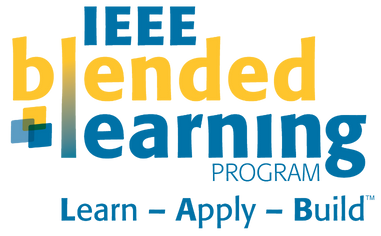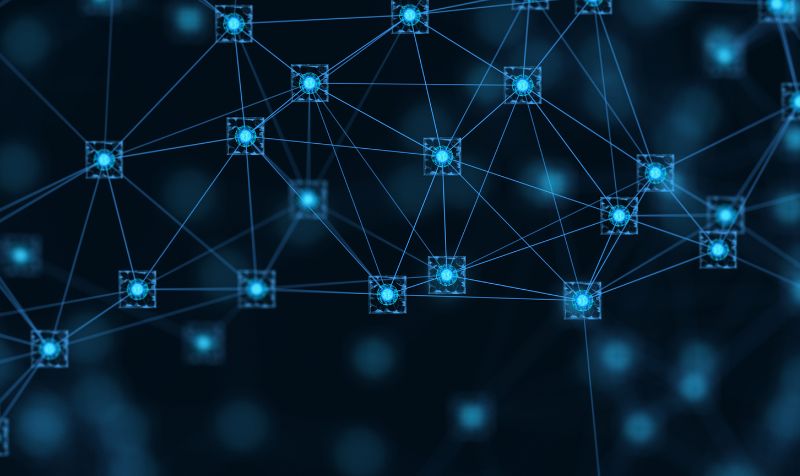
What is IoT Technology and Its Applications?
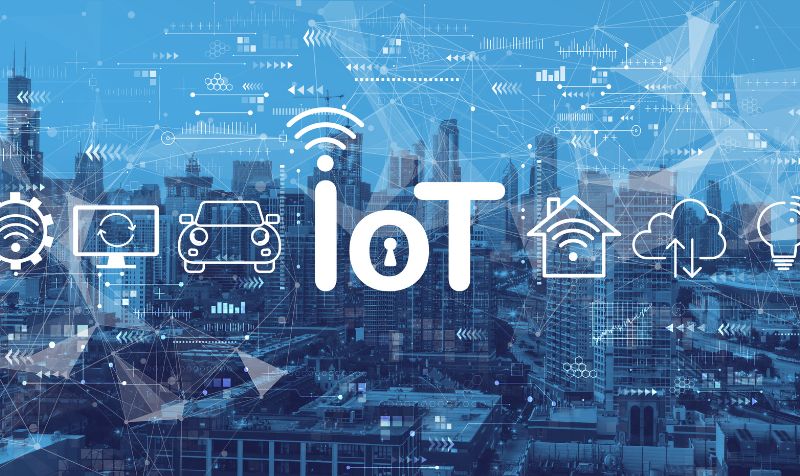
IoT Technology and Its Applications
The Internet of Things (IoT) has emerged as a transformative technology, revolutionizing industries and reshaping our daily lives.
Projected to grow at a remarkable 22% CAGR, the IoT market is poised to reach an impressive $525 billion valuation by 2027, propelled by technological advancements.
The widespread availability of computer chips and wireless networks has facilitated the integration of virtually any device—whether a household appliance or a commercial aircraft—into the IoT ecosystem.
Read on as we discuss IoT technology, its significance, and key applications across various sectors. Let’s start!
Table of Content:
1. IoT Technology: A Brief
2. Importance of IoT Technology
3. What Are IoT Applications in Different Areas
- Smart Homes and Home Automation
- Healthcare Monitoring and Remote Patient
- Industrial Automation and Predictive Maintenance
- Smart Cities for Efficient Infrastructure Management
- Agriculture for Precision Farming and Crop
- Transportation and Logistics
- Energy Management
- Retail for Personalized Customer Experience
4. The Future of IoT Applications
5. FAQs
IoT Technology: A Brief
The Internet of Things (IoT) represents a dynamic platform where various embedded devices are connected to the Internet to collect and exchange data. This technology enables machines to interact, collaborate, and learn from experiences like humans seamlessly.
In essence, IoT is a network of Internet-linked devices, appliances, and vehicles that can collect and share data without requiring human interaction.
IoT applications not only equip billions of objects with connectivity and intelligence but also have significant implications across various industries and sectors.
Today, a variety of IoT-enabled devices are readily available, including laptops, smartphones, refrigerators, Apple Watches, Fitbits, and beyond. Any device can seamlessly integrate into the IoT ecosystem, provided it is equipped with internet connectivity and sensors.
Importance of IoT Technology

In recent years, IoT has emerged as a transformative force and technology, revolutionizing the way devices, systems, and people interact and communicate.
The technology makes it easy for individuals, procedures, and objects to continuously interact with each other. This is possible because of its ability to connect commonplace items such as automobiles, household appliances, thermostats, and baby monitors to the internet via embedded technology.
IoT enhances users’ lifestyles and productivity with the help of IoT-based devices like thermostats, automobiles, smartwatches, and beyond, enabling smarter living and working experiences. For instance, when you reach home from outside, your thermostat can be adjusted to a preset temperature of your choice.
Apart from offering consumers smart IoT-embedded devices to automate their homes, the IoT is significantly impacting businesses as well. It provides businesses with real-time insight into how their systems work, offering deeper insights into processes.
What Are IoT Applications in Different Areas?
Here’s a snapshot of some key IoT applications across different sectors:
1. Smart Homes and Home Automation
In smart homes, IoT technology enables the integration of various devices and systems to enhance convenience, security, and energy efficiency.
Examples of IoT applications in smart homes include:
- Smart Lighting: IoT-enabled light bulbs that can be controlled remotely or automatically adjusted based on occupancy or ambient light levels.
- Thermostat Control: Smart thermostats that learn user preferences and adjust temperature settings accordingly, leading to energy savings.
- Home Security: IoT-based security cameras, door locks, and alarms that provide remote monitoring and real-time alerts.
- Appliance Automation: IoT-connected appliances such as refrigerators, ovens, and washing machines that can be controlled and monitored via smartphone apps.
2. Healthcare Monitoring and Remote Patient
The integration of smart wearables or sensors with IoT technology in healthcare represents a significant advancement. These smart wearables connected to patients allow healthcare professionals to keep close track of a patient’s condition in real-time.
Key benefits of IoT technology in healthcare include:
- Real-time tracking of vital signs and health metrics through IoT-enabled devices, allowing for continuous remote monitoring of patients.
- Automatic alerts triggered by changes in patient’s vital signs facilitate proactive interventions and enhance patient safety, particularly for high-risk individuals.
- Utilization of real-time data monitoring and analysis to optimize patient care and reduce critical events among high-risk patients.
3. Industrial Automation and Predictive Maintenance

Industrial IoT is transforming the industrial sector today by enabling better connectivity, automation, and data-driven decision-making. The various IIoT (Industrial Internet of Things) applications here include inventory management, quality control, factory digitalization, safety and security, and supply chain management.
By efficiently connecting sensors, machines, and systems, IIoT enables real-time monitoring and control of industrial processes and also allows for predictive maintenance, thus optimizing machine performance and reducing downtime.
4. Smart Cities for Efficient Infrastructure Management
A smart city in this context is largely dependent on the seamless flow of information and actionable insights from real-time city data.
IoT technology plays a pivotal role in optimizing the following functions
- Enhanced public transport scheduling through smart GPS systems, ensuring timely and efficient services for commuters.
- Intelligent monitoring of traffic patterns to mitigate congestion and streamline commuting routes, thereby improving overall transportation efficiency.
- Utilization of sensors and RFIDs for effective management of civic amenities like waste recycling and segregation, promoting sustainable practices and resource management.
5. Agriculture for Precision Farming and Crop
The increasing world population today drives up the rapid demand for agricultural products. As an industry, agriculture could massively benefit from the Internet of Things.
With the world’s human population estimated to grow to around 10 billion by 2050, governments are also prioritizing the scaling up of agricultural systems.
IoT technology has catalyzed the following applications in agriculture:
- Smart irrigation systems represent a compelling IoT solution in agriculture, optimizing water usage by regulating irrigation based on real-time data. This proactive approach minimizes water waste resulting from human error, thereby conserving resources and improving crop yield.
- Smart sensors are used to offer details of soil chemistry and fertilizer profiles. Aspects such as moisture, temperature, and the presence of appropriate nutrients contribute to determining the quality of a harvest.
6. Transportation and Logistics

In the transportation and logistics sector, industrial IoT applications can simplify and improve fleet management. For instance, real-time vehicle tracking helps reduce fuel consumption, optimise routes, and improve service delivery using drones.
Additionally, predictive maintenance of vehicles can be done by monitoring their overall condition and performance, thus reducing instances of breakdowns and improving fleet efficiency.
7. Energy Management
The most important advantage offered by IoT in energy management is its ability to reduce energy expenses. Adopting IoT in energy management systems can cut electricity consumption by over 1.6 petawatt-hours (PWH) in 2030 which is enough to power more than 150 million homes for a whole year.
Apart from improving the efficiency of the electric power supply, the IoT energy management system can also provide several other advantages, including significant savings, better energy data administration, and improved security.
8. Retail for Personalized Customer Experiences
In the retail industry, specifically, using IoT can make shopping fun and exciting for customers. The industry can use various IoT applications in different operations to make shopping a more streamlined experience for customers
Here are some of the ways retail players are using IoT technology:
- Handling Inventory: Smart shelves for handling inventory are one of the most common IoT in retail use cases. These are comprehensive devices that are designed to fulfill different tasks for supply chain and inventory optimization.
- Reducing Instances of Shoplifting and Theft: With IoT-based RFID tags and weight security sensors for retail stores, store managers can get real-time notifications and updates to reduce instances of shoplifting and theft.
- Automated Checkouts: Long lines have always been an obstacle for a customer when purchasing products at a retail store. IoT devices can address this by substituting humans and delivering a much better experience with mobile POS (point-of-sale) terminals. As soon as a customer leaves the store, the system reads tags on each item and conducts a payment operation.
The Future of IoT Applications
Studies show that by 2030, IoT devices will make up 75% of all gadgets, and the overall spending on IoT in 2023 will cross a phenomenal $1 trillion. These numbers clearly reflect the promising future of Internet of Things technology and its immense potential.
As the IoT continues to evolve, it will significantly impact industries and society at large. In the future, IoT applications will drive an increasing number of devices, leading to a strengthened economy and a fast-evolving way of life. This also means that embracing IoT is the only way to unlock new opportunities and drive innovation in the digital age.
For students, industry professionals, and academics alike, the IoT offers diverse applications across sectors to propel career advancement. However, utilising its full potential begins with acquiring the necessary knowledge and skill sets in this dynamic field.
The best place to start your IoT journey is IEEE, the world’s largest technical professional organization dedicated to advancing technology. At IEEE, you can explore a wide range of IoT courses and other important resources to embrace the endless possibilities of IoT and continue your learning journey to unlock its full potential.
FAQs
1. What is IoT and its applications?
IoT is a platform where various embedded devices are connected to the Internet to collect and exchange data. The IoT finds applications in private and public aspects of life, including healthcare, agriculture, manufacturing, retail, transportation, and more.
2. What are the top 5 applications of IoT?
Among the top 5 applications of IoT are integrating smarter homes, innovating agriculture, building smarter cities, transforming healthcare, and revolutionizing wearables.
3. How would you describe applications of IoT?
The real-world applications of IoT are the use cases that are already making a difference in day-to-day lives for the better. When coupled with other disruptive technologies such as robotics, and machine learning, the IoT completely changes the way we live and do business.
4. What is the smart application in IoT?
Smart applications seamlessly integrate with Internet of Things (IoT) devices, thus allowing users to control and monitor connected devices for better efficiency and convenience.
5. What is the future application of IoT?
In the future, IoT and artificial intelligence are expected to reach even more industries and business processes to help automate manual tasks, reduce downtime and overall costs, and increase efficiency.
6. What are the benefits of IoT?
The benefits of IoT include improved efficiency, enhanced productivity, and cost savings across various industries. IoT enables real-time monitoring, automation, and data-driven decision-making, leading to optimized operations and better customer experiences.
7. What is the biggest use of IoT?
The biggest use of IoT is in the realm of smart home technology, where IoT devices like smart speakers, thermostats, cameras, and lights are interconnected to provide convenience, energy efficiency, and home automation capabilities.
8. How is IoT used in daily life?
IoT is used in daily life in various ways, such as smart home devices (like smart speakers and thermostats), wearable fitness trackers, connected cars with GPS and entertainment systems, remote health monitoring devices, and smart appliances.
9. What are 10 common applications of IoT?
Here are ten common applications of IoT
- Smart home automation
- Industrial automation and control
- Connected vehicles and transportation systems
- Healthcare monitoring and medical devices
- Smart agriculture for precision farming
- Energy management and smart grids
- Environmental monitoring and conservation
- Retail inventory management and supply chain optimization
- Building automation for efficient operations
- Public safety and surveillance applications
Share:
Social Media
Most Popular
Subscribe To Our Weekly Newsletter
Categories
Filter by tags
-
what is cloud computing
-
Visualization in cloud computing
-
smart contracts
-
sensors
-
Regression in machine learning
-
Python programming
-
Python developer salary
-
Python
-
protocols
-
ML
-
Machine learning MCQ
-
Machine Learning
-
IoT with examples
-
IoT sensors
-
IoT device management
-
IoT
-
Internet of things
-
How to learn python
-
Healthcare
-
Hands-on machine learning
-
Examples of machine learning
-
Ethereum
-
Decentralized
-
cryptocurrency
-
Cloud Computing
-
Cloud
-
Blockchain developer salary
-
Blockchain
-
Bitcoins
-
Bias in machine learning
-
Artificial Intelligence
-
Actuators in IoT
-
actuators
-
5g
Related Posts

What is IoT and How to Learn IoT: A Definitive Guide (2024) – Copy
The blockchain market has immense potential, accompanied by staggering job opportunities, as evidenced by recent statistics. By 2023, worldwide expenditure on blockchain solutions is projected
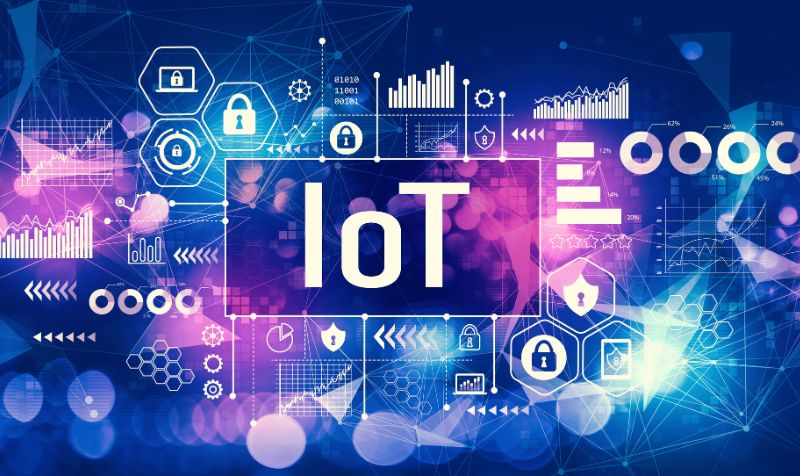
What is IoT and How to Learn IoT: A Definitive Guide (2024)
Introduction The first question that comes to mind is, “What is the full form of IoT?” IoT stands for the Internet of Things, which refers
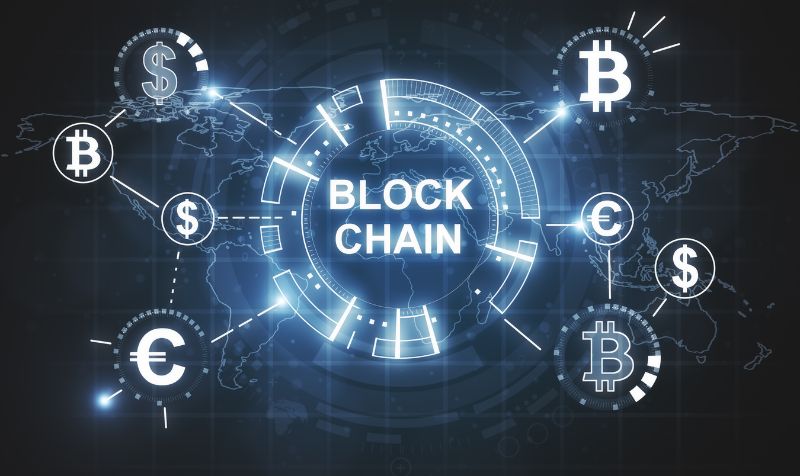
What is Blockchain 101: A Definitive Guide
Blockchain is quickly becoming a buzzword in various industries. This technology was popularised with the advent of Bitcoin in 2008. However, blockchain applications have gone
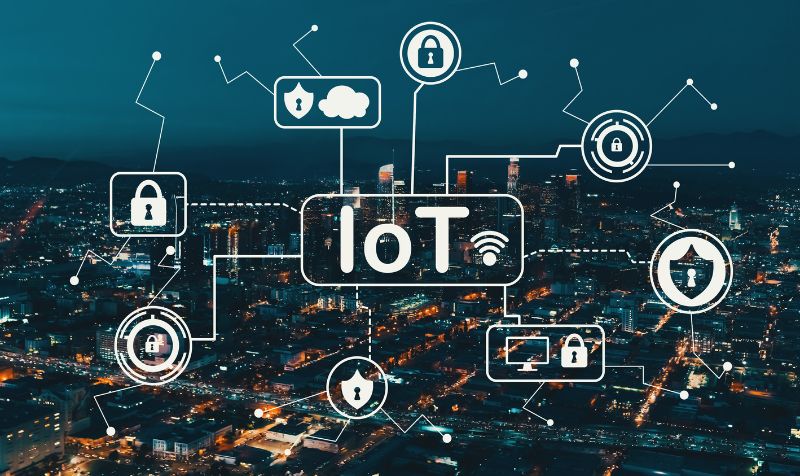
IoT Courses: From Free to Paid All Included [Updated 2024]
Introduction In this comprehensive guide on IoT courses, we will explore the field of the Internet of Things and its valuable skills for career advancement,
